Onion Omega2+ Specs and More
Small Internet of Things (IoT) ready microcontrollers are great for most projects. The ability to connect sensors to easily programmable hardware and access the data they provide over a network is key to both hobby and commercial smart device development. Sometimes, however, you want a little more than a microcontroller without going all the way up to a Single-Board Computer (SBC) like the Raspberry Pi. In these cases, you might just find the Onion Omega2+ the perfect option.
What is the Onion Omega2+?
Measuring just 42 x 25 mm, the Onion Omega2+ appears similar to a Node MCU or other development board featuring the ESP8266 or ESP32. Instead, the Omega2+ is a fully-fledged Linux machine with a tiny footprint, USB 2/0 support, 128MB of RAM, 32 MB of storage, a microSD card slot, and built-in Wi-Fi.
We reviewed the Onion Omega2+ on release and found it to be a great middle-ground between Arduino style boards and Raspberry Pi style boards. There are other similar boards, such as the PocketBeagle, the tiny Linux board behind miniature musical marvel Bela Mini, but the Omega 2+ has a few distinguishing features.
First is the onboard WiFi antenna, something that isn't too unusual alone, but it can be extended via a U.FL connector allowing the connection of a separate external antenna for greater range and signal strength. Dual-mode Wi-Fi is also not unique to the Omega 2+, but here it comes as standard, providing an easy access point for initial setup thanks to the custom build of OpenWRT Linux provided by Onion. The Omega2+ also has 18 3.3v tolerant GPIO pins capable of digital I/O and PWM. Various separately purchasable baseboards break out the GPIOs, provide optional Ethernet and OLED expansions, and even support 3.3v tolerant Arduino shields.
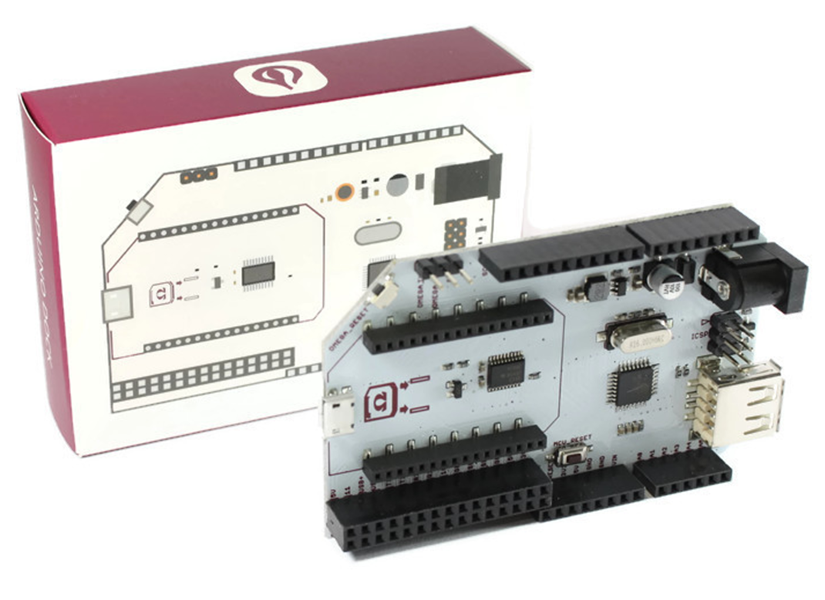
One slight downside of the Omega2+ is that in its initial state, it isn't breadboard-compatible. While making your own breakout isn't too much work, it does lose some of the convenience that other IoT development platforms have.
Onion Omega2+ Specs
- 580MHz MIPS CPU
- 128MB Memory
- 32MB Storage
- USB2.0 support
- 2.4GHz b/g/n WiFi
- 3.3V Operating Voltage
- 18 GPIOs
- Support for UART, I2C, SPI
- MicroSD slot
What Software can the Onion Omega2+ Run?
Since the Onion Omega2+ runs a custom variation on OpenWRT Linux, you get a wide variety of options for programming it.
- C
- C++
- Python
- NodeJS
- Rust
- Ruby
- PHP
- Perl
- GoLang
- Shell
Alongside this general list, there are a number of libraries for controlling the onboard GPIO too. Perhaps the simplest of these is the onionGPIO module - a Raspberry Pi-alike library for GPIO control via code. It's worth noting at this stage that the custom Onion system also comes with its own package manager. Details for the installation of the Python library can be found on the Onion GitHub page for the module.
There is also a fast-gpio library that does a similar job in C++, though this one addresses the hardware registers directly and implements PWM too.
What can You do With the Onion Omega2+ - Onion Omega2 Plus Projects
The versatility a small Linux-based connected board brings makes it a great choice for many projects, but the Onion Omega2+ shines when it comes to IoT projects. Maker Frederick Vandenbosch proves this with his 3D printed IoT control box.
The project, detailed on his blog, shows how the Omega2+ with it's baseboard slot easily into a project, with just a few jumper wires and resistors needed to hook it up to the light-up arcade buttons controlling the system. When a button is pressed, it sends a request to IFTTT to turn on the lights - or do anything else you might ever want it to do!
Can the Omega2+ Play Audio?
While the Omega2+ has no audio output as standard, a project right here on Electromaker shows off the I2s capabilities of the board alongside a small Adafruit speaker amp.
One nice feature of the Omega2+ is that getting started with I2s and audio is made simple thanks to the Linux operating system. The Onion package manager allows for easy installation of alsa audio utilities and playing music off the attached Micro SD card.
The Onion Omega2 Project Book
Onion know that the Omega2 is capable of great things, so much so that they wrote a short book on the subject! It's available to read for free as part of the Omega2 documentation.
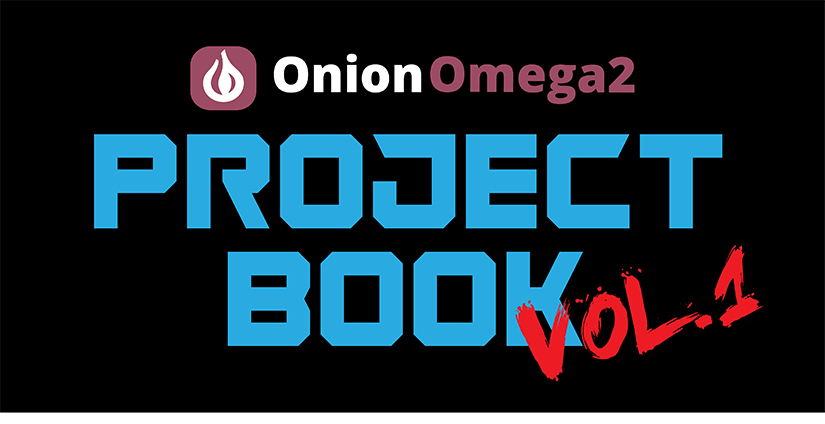
Inside you'll find guides on getting started with the Omega2+, and tutorial projects and ideas ranging from weather stations to thermal printers, and much more.
Should You Buy the Onion Omega2+?
The Onion Omega2+ is unique in that it is a completely original design, well documented, and clearly aimed at makers. On the other hand, it would be perfectly suited to commercial environments where the possibility of an external antenna may be essential. That said, when squarely compared to a powerful microcontroller like the ESP32 in one direction, and the Raspberry Pi Zero in another - both of which have massive support online, you'd really have to want the specifics of what the Omega2+ offers, especially given that you are going to need to buy some kind of baseboard to get the most out of development. That said, the standalone Omega2+ board can be bought for as little as $15 now, and if you are happy working with the hardware pins directly, setup and initial software prototyping is a breeze with the Onion Omega2+.




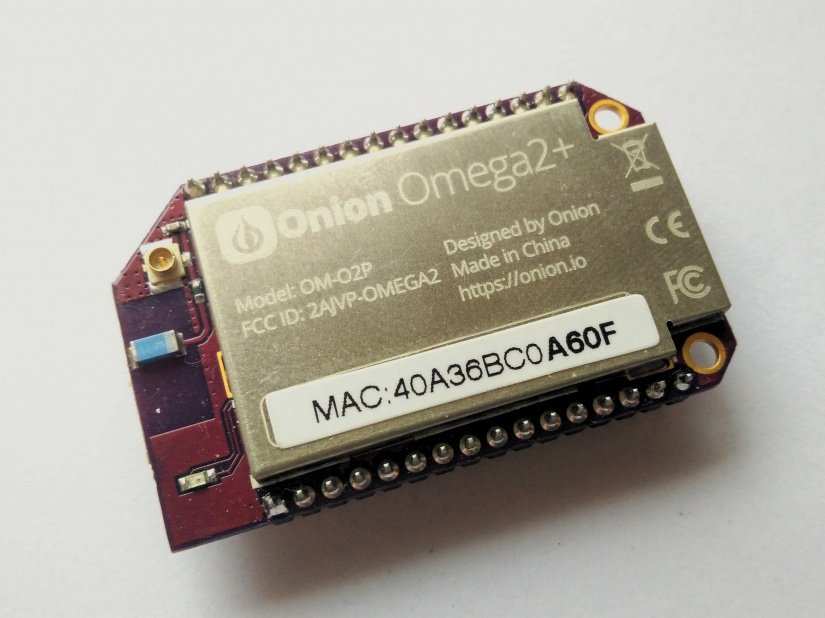

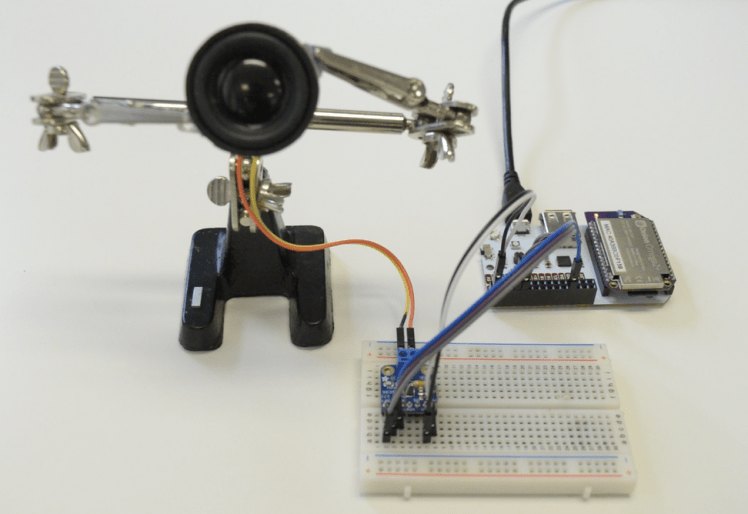

































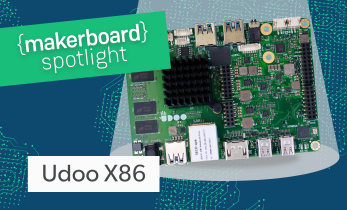


Leave your feedback...